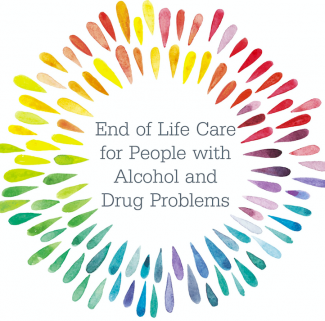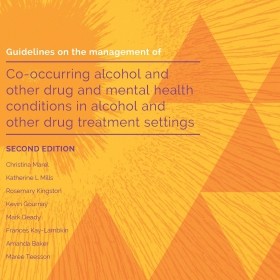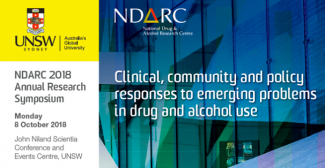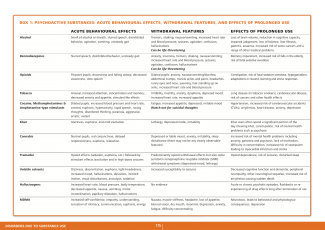The Cochrane Drugs and Alcohol Group specialises in reviews that assess, among other things, ways to reduce hazardous or harmful drinking of alcohol.
One of these reviews looks at the evidence on practitioner-delivered brief interventions and we asked one of the authors, Fiona Beyer from Newcastle University in the UK to tell us about the findings from the update in February 2018.






